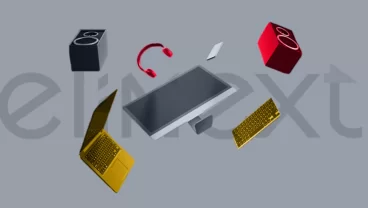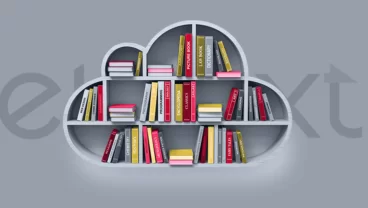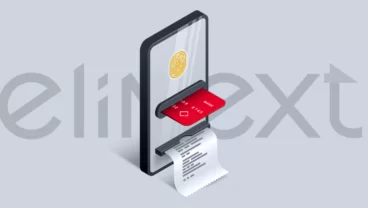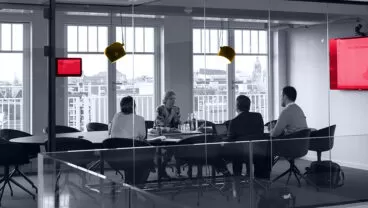Client
Our client is a highly experienced supplier of Radar sensors for distance and position measurement. They are a German-based company well-established in the market, and it was our first common project.
Project Description
Software implementation of cabin dashboard HMI to display statuses and alarms in real-time to the drivers of straddle carriers and ship-to-shore cranes. The software application runs on the remote device and sends the alarms to carriers and crane managers based on their position. Position Distribution System development was on our side.
Challenges
There were challenges we faced while delivering the software system
- The systems our client was using before contacting us weren’t able to offer acceptable coverage, availability, and positioning performance. So we were puzzled by the specific needs of one of the largest logistics port terminals in Europe.
- Our product had to be a system for preventing collisions, i.e. physical impacts that occur between two objects resulting in a damaging accident.
- We had to implement three modes within the application: Yard mode (for a port facility), STS (Ship-to-Shore mode (for a crane operating between a ship and a shore), and Night mode (for operations during the night).
- We had limited experience with Electron.JS, so we conducted preliminary work and managed to achieve exceptional
- Tests and tryouts had to be made on the emulator, not the real device, which could potentially lead to different results in the real environment.
Process
Our work was for the most part independent, without any intrusion from the client’s side. We had regular synch-ups with the customer (twice a week), where we discussed all the important points. Also, the Elinext team sent weekly reports on the key achievements, issues, and budget spent.
We moved through the project iteratively while delivering results in several phases. These phases included:
1) Discovery phase: the analysis of the project scope, getting the requirements, and agreeing on the timeline and deliverables. The length of this phase was around two weeks.
2) Functional Prototype: It took us another timespan of two weeks to deliver the prototype.
3) Final Product with Source Code with comments and architecture diagram. This phase lasted an even shorter time: 1.5 weeks, so we’re claiming we were ahead of the schedule and delivered the product within 1.5 months.
Solution
The final solution included the software implementation of cabin dashboard HMI to display statuses, warnings, and alarms in real-time to the drivers of straddle carriers and ship-to-shore cranes.
Parsing of raw sensor data was implemented, only the insertion of parsed data into the database backend, the database itself, and the frontend were needed from our side.
The incoming data were presented in the form of JSON documents. The solution needed to visualize the incoming data.
The visualization includes 2 modes: Yard mode and Ship-to-Shore. Both modes have daily mode and night (high-res) mode.
Module 1: Basic screens
With the help of this module, the basic information should always be shown to the driver. The information we have in mind is current date and time, Vehicle ID, container crane/lane information, direction and alignment commands, and event messages.
Module 2: Yard mode
During the work in Yard mode, the system always shows the following information on the top of the screen:
- The slot label
- The row number of the closest container row (that way the driver finds the container they’re looking for)
- The container slot ID
View the vehicle footprint. The system always shows the default Yard information so that the driver can quickly react to any alerts on the screen.
Direction indicator. During the work in Yard mode, the system should show warnings and alarms, according to the specified conditions. That helps the advanced movement management
Default screen. This screen is shown when the HMI doesn't receive any new update so the driver needs tech support or a system reboot.
Module 3: Ship-to-Shore (STS) mode
During the work in STS mode, the system always shows the following information on the top of the screen:
- The crane lane label
- Crane ID and lane ID
- Point labels and the connector to point label
Alignment slider. The software should show the alignment bar in STS mode so that the driver knows where to look for direction instructions.
View alignment command (slider cursor). The system shows the alignment commands so that the driver knows how to adjust his Straddle Carrier. The System displays arrows pointing in the opposite direction of the alignment command. When the alignment is done correctly and everything is in the right position, the System displays arrows pointing to the middle, and the slider is colored green.
Default screen. Same as with Yard Mode, this screen is shown when the HMI doesn't receive any new update so the driver needs tech support or a system reboot.
Results
To date, we delivered the project two times faster and cheaper than we expected initially. We saved our client 50% of the initial budget.
We did manual testing using a simulator. The final test on the devices in a working environment will be done soon by our clients, and we will continue our cooperation based on this.
According to our client, the solution we developed, offers acceptable coverage, availability, and positioning performance for the specific customers, which the previous system they used didn’t have.
The client is in negotiations for a contract with one of the largest ports in Europe.































